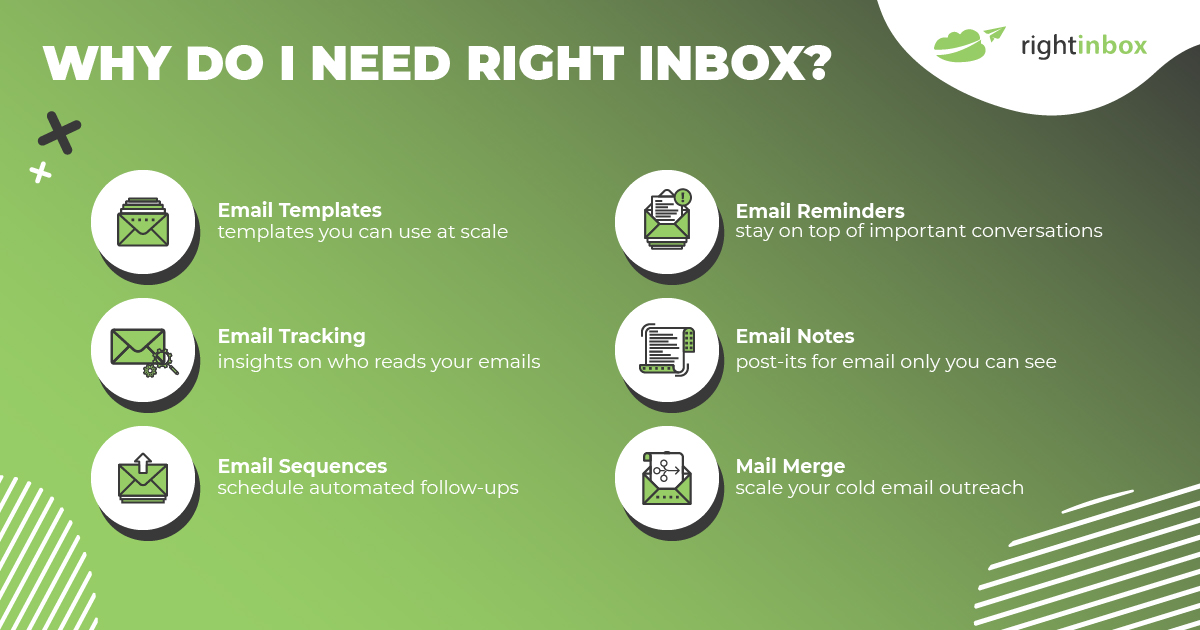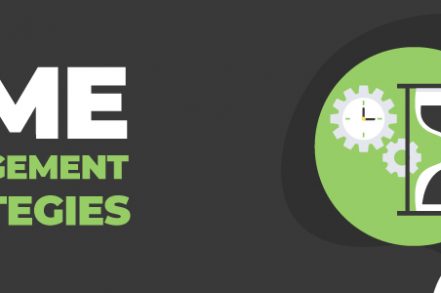In the fast-paced world in which we live, it can feel as though every last second of each day should be used to get things done. But, in the words of Henry Ford, “improved productivity means less human sweat, not more,” because if we manage our time well, half the battle is already won.
Here are 14 key ways to manage your time to boost your productivity right away:
1. Set Achievable Goals
Laying out well-defined tasks for yourself is one of the best ways you can keep on track and achieve your goals. Vague objectives such as “grow business profits in 2024” are meaningless when it comes to day-to-day productivity. By making sure your goals are SMART, you’ll be in a better position to reach your targets and stay on track.
The acronym SMART, now a mainstay of project management strategy, ensures that goals are kept:
- Specific
- Measurable
- Attainable
- Relevant and
- Time-bound.
If all your goals adhere to the SMART mnemonic, they are more likely to be achievable and support your overall productivity.
2. Plan for the Long and Short Term
It’s not easy to consider the long term while simultaneously planning for short term deadlines. But if you do, you will reap the benefits. Short-term planning will help you avoid last-minute rushes on projects and keep your workload regular, whereas long-term planning will allow you to work towards key dates and milestones.
A shareable calendar or project management tool can help you to plan out your short and long-term goals and tasks and ensure that you – and your team – stay on track. Make sure that your planning is collaborative so that all stakeholders are involved, and that tasks are distributed fairly across your team.
3. Break Projects and Goals Down Into Daily Tasks
It can be overwhelming when a new project comes in or a new goal is set, and all you have is a looming deadline to work towards.
Instead of focusing on broad goals and deadlines, break them down into achievable tasks that you can spread out over your calendar. For example, say you’ve been given six months to deliver a website development project. Rather than working towards that six month deadline, divide the project into weekly, or even daily, tasks. This way, you can work through a manageable to-do list while monitoring your progress towards your overall goal.
4. Set Deadlines
Self-imposed deadlines are a sure-fire way to keep yourself on track. They hold you accountable to the tasks you’ve set for yourself, especially if you’ve made your deadlines public in the project management software you are using.
However, beware of setting yourself too many deadlines for one day. If you find yourself constantly rushing to reach targets, then you may need to start reconsidering how you spread out your deadlines across your calendar. A motivational tip: reward yourself with your favorite treat every time you smash a deadline!
5. Make Sure Your Workload is Realistic
Whether you’re a remote worker, a freelancer, a college student or a full-time employee at a company, you likely understand the challenge of maintaining a consistent and manageable workflow. You might experience an intensely busy period one week, followed by a few days where there’s not much activity. When this happens, it can be tough to keep a clear head.
But even on days that feel out of control, it’s crucial that you set manageable goals. If you’re too ambitious with your to-do list, you’ll feel discouraged when you barely make it halfway through, which is the opposite of feeling productive. Spread out more daunting tasks as much as possible and include simpler tasks in between to ensure you’re taking on a realistic amount of work each day.

6. Allocate Time for R&R
One of the most important things you can do to improve your productivity is to schedule time for rest and recuperation. Working flat-out on projects full-time and on a long-term basis will lead you to burnout, which, in turn, will make it harder for you to manage your time going forward.
Weekends, evenings, and holidays are crucial to keeping you refreshed, sane, and more capable of doing the job you’ve been hired to do. Similarly, regular breaks throughout the day – preferably spent away from your desk and outdoors – will help you stay focused when you settle back down to work.
7. Be Clear About Your Working Hours
In the digital age, it’s easy to be “online” 24/7 – whether it’s email, text, or social media. Chances are you’ve had times where you’re reaching for your phones to check work emails mid-weekend, or responding to a Slack message over dinner.
By defining your working hours, you’ll ensure that the time you spend “at work” will be more focused on the tasks at hand, leaving you time outside of work to decompress, spend time with friends and family, and get some sleep. Try your best to limit your access to work communications to within working hours.
Whether you define your workday as 9-to-5, 8-to-6, or something else entirely, make sure you’re clear with yourself, and others, about when you start and finish your day’s work.
8. Don’t Be Afraid to Enforce Limits
It’s a common mistake to try to impress your employers by overestimating what you can deliver and underestimating how much time you’ll need to do so. This usually goes one of two ways: you deliver the project on time at a huge cost to your wellbeing, or you fail to meet the deadline and let people down.
Avoid either of these scenarios by knowing your limits and communicating them to your colleagues and employers. This includes occasionally saying “no” to tasks you know you cannot realistically deliver.
If you have the option, you can also delegate tasks to others. Designate the action items you don’t have time to complete but that can be taken on by colleagues. Depending on your situation, this can be a good way to set limits but still get your work done on time.
9. Leverage Appropriate Tech and Tools
Don’t forget to leverage technology when it comes to time management. There’s an abundance of browser extensions and downloadable software to help you schedule and automate tasks, and in turn free up time for more pressing work.
According to the Adobe Email Usage Study, Americans spend around five hours a day on their emails. In the context of a 8-hour working day, that’s a huge amount of time that could be spent on more productive tasks.
Tools like the Right Inbox extension for Chrome can save you valuable time by automating simple email tasks. You can set up email reminders in Gmail and email sequences, schedule message send times, attach notes and gifs, and even integrate with your CRM for further monitoring and tracking of your email.

10. Use Apps to Work in Blocks of Time
It’s a good idea to implement some “hard stops” throughout your work day. What that means is having defined blocks of times where you are 100% focused, punctuated by short breaks where you turn your mind off from work for a bit.
For instance, you can use this Tomato Timer from TopTal to set a timer for work of 25 minutes, with 5 minutes of break between each session. The psychology behind this is that instead of feeling like your work doesn’t have any hard boundaries, you know that in just a short while you’ll be able to relax and check Facebook for a few minutes of R&R.
11. Delegate Effectively
It can be tempting to dive in and do everything yourself, especially if you’re an overachiever. However, it’s important to let go of the idea that only you can get work done the right way.
Learning how to delegate won’t just take more time commitment off your plate, it will relieve a lot of stress. Plus, it shows that you trust your colleagues and teammates, which is crucial.
Just make sure to clearly define the outsourced task so that you don’t spend more time explaining and answering questions than it would have taken you to handle the task yourself.
12. Track Your Pending Tasks
Sometimes, you have a task or project that simply isn’t going to get done in one or two days. You need a way to know what parts of that project can still be done right now, or which ones simply require waiting for an external event.
For instance, if you can’t move forward on the new proposal without Sarah’s input, you need to set that part of the project aside while setting reminders to reach back out to Sarah after a certain time period.
You don’t want the pending task occupying your mind, but you can’t afford to lose track either if you want to be efficient.
13. Overestimate Time Requirements
Any time you’re planning your time, you’re making an estimate of how long things will take. Of course, this will be an educated guess so it’s not arbitrary. However, you still need to account for some variance in your planning.
Therefore, it’s typically best to overestimate how long something will take. If you give yourself an extra 30-minute buffer on a task and you wrap up early — fantastic, you can take an early lunch or get started on the next thing.
However, if you underestimate the time requirements, you could throw your entire day off, leading to lower energy and less accurate time management.
14. Avoid Task Switching
Task switching or “context switching” is going back and forth between different kinds of activities or actions. For instance, checking your email is a different mindset than brainstorming a new marketing poster.
And switching between various tasks or apps can take you another 9.5 minutes just to get back in the zone again. So whenever possible, batch similar tasks (that require a similar type of thinking) together before moving on to other types of tasks.
Conclusion
Productivity is as much about managing your time as it is about the effort you put in. You could be the most energetic employee in the world, but if you have no long- and short-term plan, no schedule for your tasks, and no system for organizing how and when you approach your work, you won’t get very far.
Time management strategies aren’t one-size-fits-all solutions, and everyone approaches their work differently. The important thing is to find the methods that work for you and implement them for ultimate productivity.
Track emails, email reminders & templates in Gmail for free
Upgrade Gmail with the features it’s missing
Add to GmailDavid Campbell
David Campbell is the editor of the Right Inbox blog. He is passionate about email productivity and getting more done in less time.




